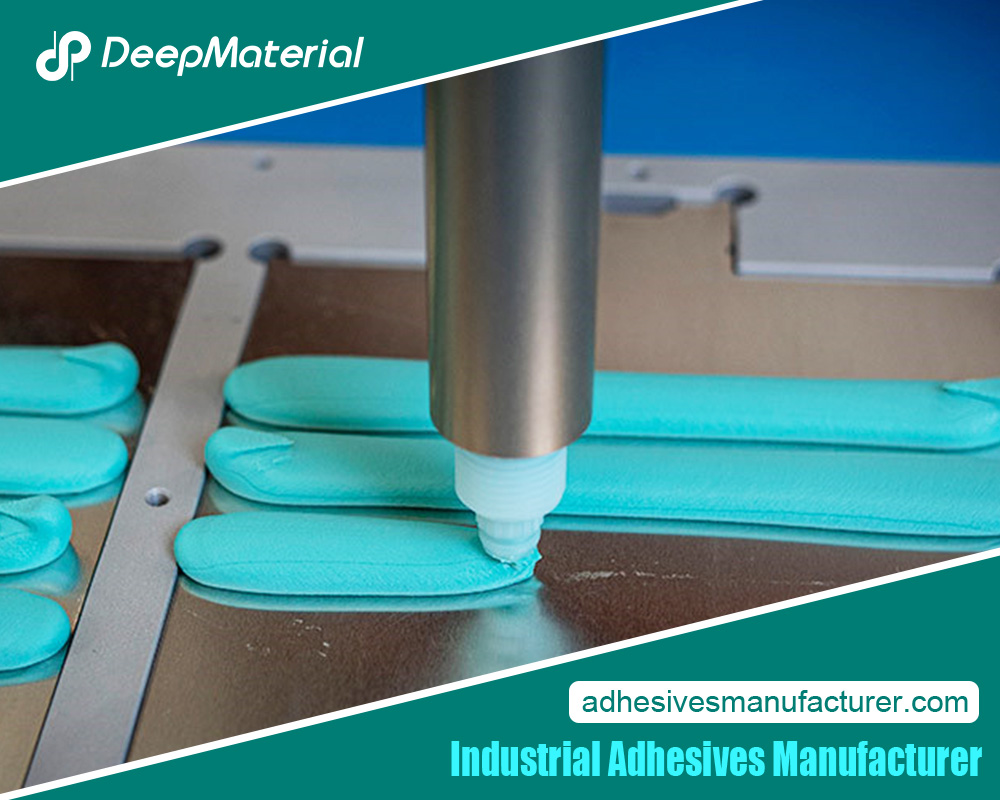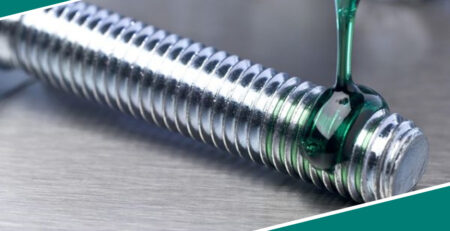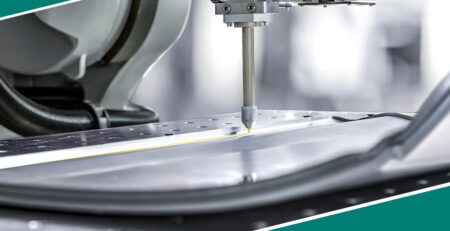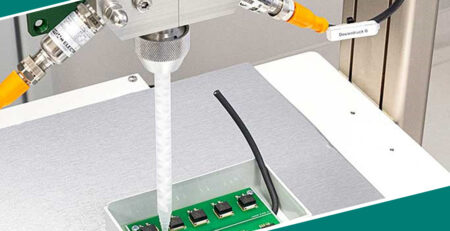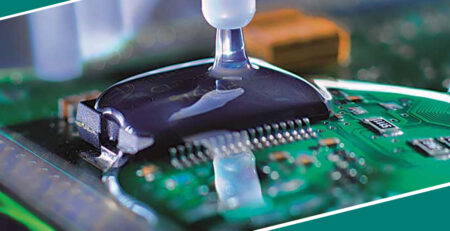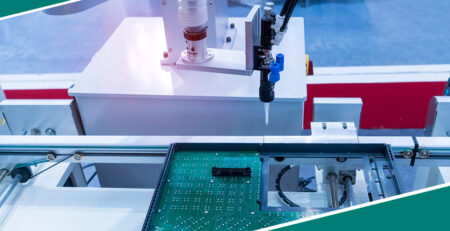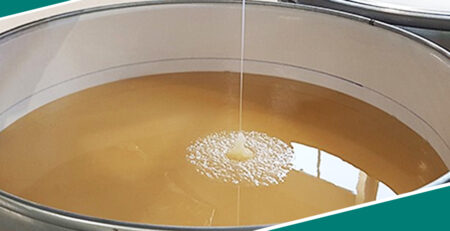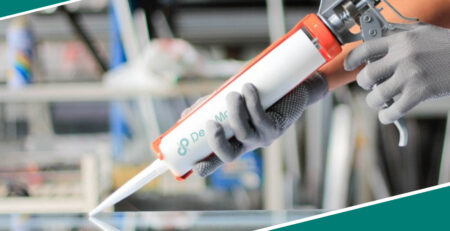Non Conductive Epoxy for Electronics: A Must-Have for Circuit Board Repairs
Non Conductive Epoxy for Electronics: A Must-Have for Circuit Board Repairs
In the intricate world of electronics, the importance of maintaining and repairing circuit boards cannot be overstated. These complex pieces of technology are the heart and soul of our devices, powering everything from our smartphones to our home appliances. However, when it comes to repairing these delicate components, one must tread carefully. This is where non-conductive epoxy for electronics comes into play.
Non-conductive epoxy is a specialized adhesive that has been specifically designed for use in electronic repairs. It is a must-have tool for any professional or hobbyist involved in circuit board repairs. But what exactly is non-conductive epoxy? Why is it so crucial in the realm of electronics? And how can it be effectively utilized in circuit board repairs?
This blog post aims to shed light on these questions and delve deeper into the world of non-conductive epoxy for electronics. We will explore its unique properties, its role in safeguarding electronic components, and its practical applications in circuit board repairs.
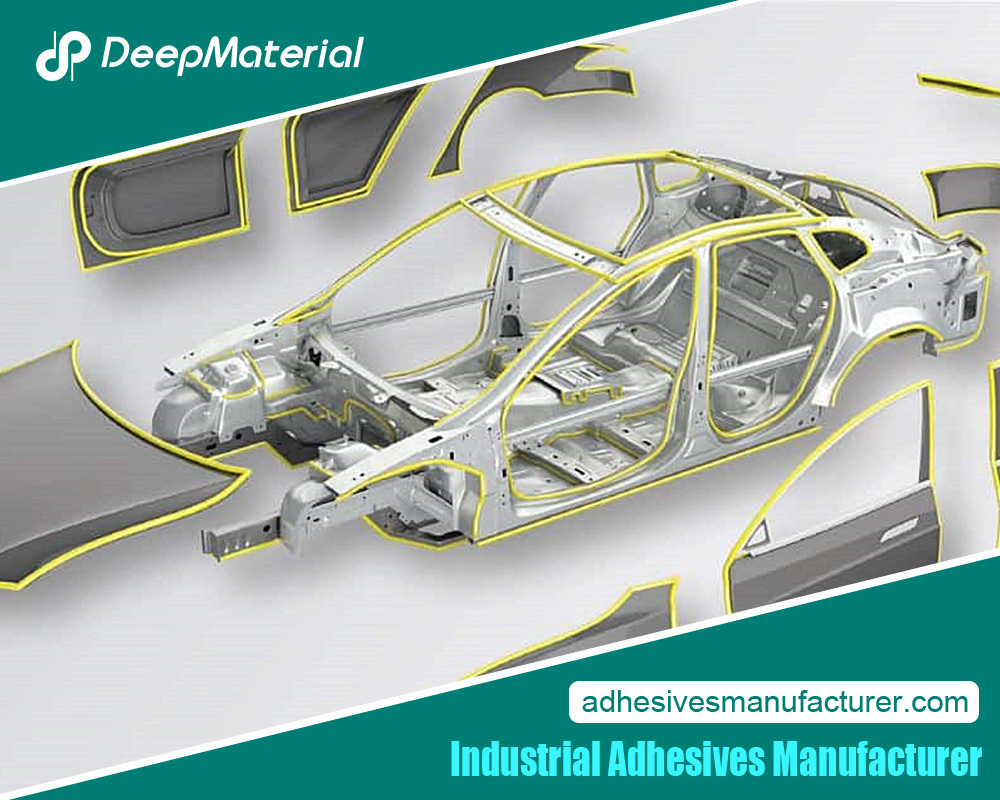
Importance of Non Conductive Epoxy in Circuit Board Repairs
Circuit board repairs involve fixing damaged or faulty components on a printed circuit board (PCB). These repairs are necessary when electronic devices malfunction or stop working altogether. Non conductive epoxy is essential in these repairs because it provides insulation and prevents electrical conductivity between components.
When a circuit board is damaged, it can result in electrical shorts, which can cause the device to malfunction or even become permanently damaged. Non conductive epoxy acts as a barrier between components, preventing the flow of electricity and protecting against shorts. Without non conductive epoxy, the repaired circuit board may still be prone to electrical issues and may not function properly.
How Non Conductive Epoxy Works in Electronics
Non conductive epoxy is made up of a combination of resin and hardener. When these two components are mixed together, a chemical reaction occurs, resulting in a strong and durable adhesive. The epoxy cures and hardens over time, creating a solid bond between components on the circuit board.
The key property of non conductive epoxy is its ability to prevent electrical conductivity. The cured epoxy acts as an insulator, preventing the flow of electricity between components. This is crucial in electronics, as it ensures that the current flows only through the intended pathways and does not cause any short circuits or damage.
Types of Non Conductive Epoxy for Electronics
There are several types of non conductive epoxy available for use in electronics. Each type has its own advantages and disadvantages, and the choice of epoxy depends on the specific requirements of the circuit board repair.
One common type of non conductive epoxy is the two-part epoxy, which consists of a resin and a hardener that are mixed together before application. This type of epoxy provides a strong bond and is suitable for a wide range of applications. However, it requires careful mixing and has a limited working time before it starts to cure.
Another type of non conductive epoxy is the one-part epoxy, which comes pre-mixed and ready to use. This type of epoxy is convenient and easy to apply, but it may not provide as strong of a bond as the two-part epoxy. It is best suited for smaller repairs or applications where a quick fix is needed.
Benefits of Using Non Conductive Epoxy in Circuit Board Repairs
Using non conductive epoxy in circuit board repairs offers several benefits. Firstly, it provides protection against electrical shorts. By insulating components and preventing electrical conductivity, non conductive epoxy ensures that the repaired circuit board functions properly and does not cause any further damage.
Additionally, non conductive epoxy provides durability and longevity to the repairs. It creates a strong bond between components, ensuring that they stay in place and do not become loose or detached over time. This is especially important in electronic devices that are subject to vibrations or movement.
Furthermore, using non conductive epoxy in circuit board repairs is cost-effective. It allows for the repair of damaged components instead of having to replace the entire circuit board or device. This can save both time and money, making non conductive epoxy a valuable tool for electronics repair.
Common Mistakes to Avoid When Using Non Conductive Epoxy in Circuit Board Repairs
While using non conductive epoxy in circuit board repairs, there are some common mistakes that should be avoided to ensure successful repairs. Here are a few common errors and how to avoid them:
Improper mixing: When using a two-part epoxy, it is crucial to mix the resin and hardener in the correct proportions. Failure to do so can result in a weak bond or incomplete curing. Follow the manufacturer’s instructions carefully and use a precise measuring tool to ensure accurate mixing.
Insufficient curing time: It is important to allow the epoxy sufficient time to cure and harden before handling or applying any stress to the repaired components. Rushing the curing process can result in a weak bond that may fail over time. Follow the recommended curing time provided by the manufacturer.
Over-application of epoxy: Applying too much epoxy can result in excess material that may interfere with the proper functioning of the circuit board. It can also create a messy appearance and make it difficult to clean up any excess epoxy. Apply a thin, even layer of epoxy to ensure a strong bond without any excess material.
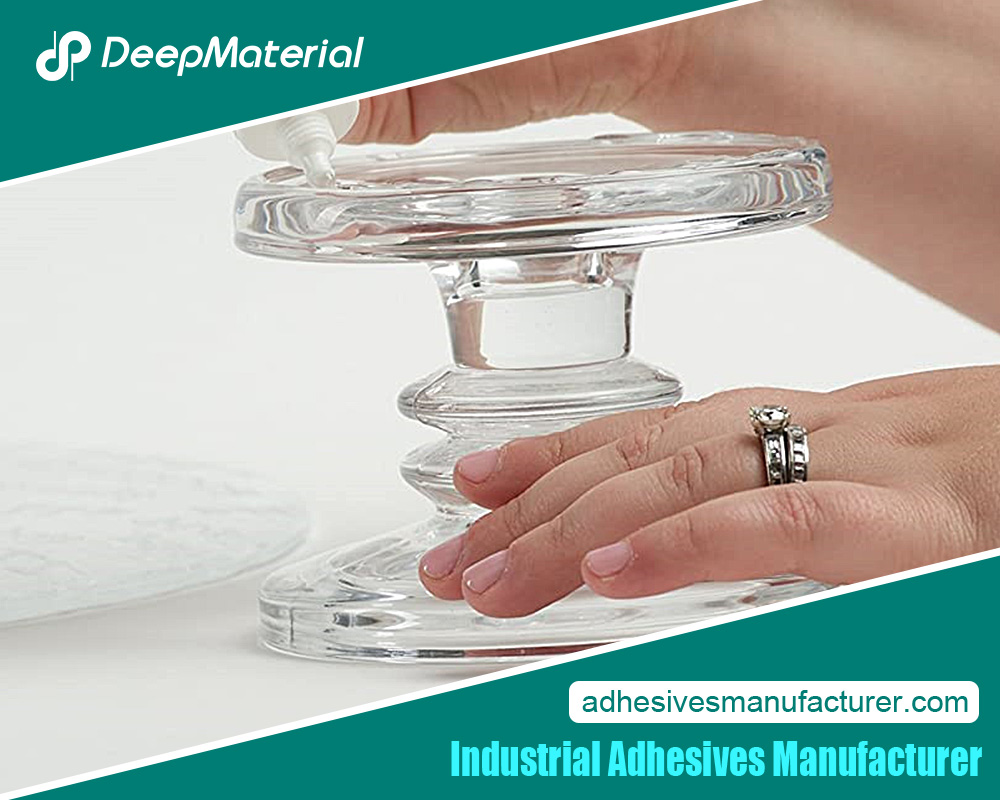
Conclusion: Non Conductive Epoxy – A Must-Have for Circuit Board Repairs
In conclusion, non conductive epoxy is an essential component in electronics, particularly in circuit board repairs. It provides insulation and prevents electrical conductivity between components, protecting against electrical shorts and ensuring the longevity of repairs. Non conductive epoxy offers several benefits, including protection against shorts, durability, and cost-effectiveness.
When using non conductive epoxy in electronics, it is important to follow proper application techniques and take necessary precautions to ensure safety and successful repairs. Avoid common mistakes such as improper mixing or insufficient curing time to achieve the best results.
For more about a complete guide to the non conductive epoxy for electronics, you can pay a visit to Deepmaterial at https://www.adhesivesmanufacturer.com/ for more info.

